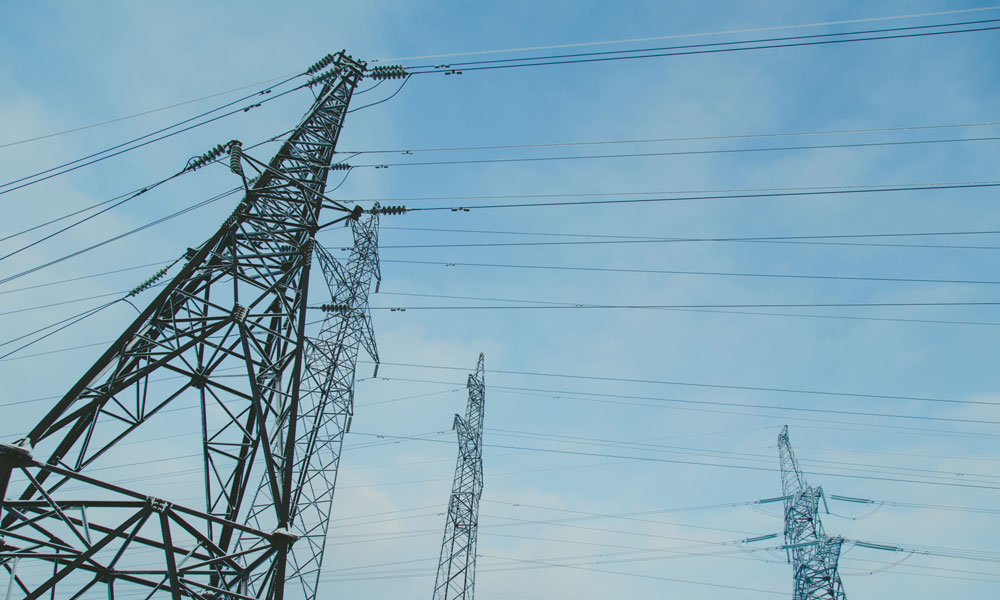
How the Electric Industry Sees Drones Saving the Day
The Edison Electric Institute is collaborating with a Silicon Valley startup to prove that unmanned aerial vehicles, or drones, can be used effectively to pinpoint problems with the electric power grid. To make that happen, they're aiming to convince the FAA to modify current line-of-sight regulations.
Drones weren’t just impressive gifts during last year’s holiday season—they’re quickly gaining a reputation as a game-changer in industries as diverse as real estate, road construction, and movies.
What’s the latest industry to speak up about the potential of unmanned aerial vehicles? Well, it’s electric.
Since March, the Edison Electric Institute has been collaborating with Silicon Valley firm Sharper Shape to research methods for inspecting the electrical grid. EEI hopes to use drones for both routine maintenance and post-storm inspections.
But to do that effectively, EEI says, the industry would need the Federal Aviation Administration to change the current requirement that drones be used within the operator’s line of sight. That’s where the partnership with Sharper Shape comes in: EEI hopes to use data from the firm when it asks the FAA to allow demonstration flights to highlight the effectiveness of using drones beyond the line of sight.
“Our innovative partnership with Sharper Shape to safely develop the use of beyond-visual-line-of-sight UAS flights will provide crews with yet another tool to quickly and efficiently inspect critical assets during routine maintenance and following a storm or natural disaster,” EEI Director of Government Relations Chris Hickling said in a news release last March.
In a blog post for Intelligent Utility, Sharper Shape founder Tero Heinonen noted that “drones equipped with surveying, infrared, and thermal detection technology can identify insulators, transformers, trees, and more at a much greater scale and lower cost compared to manual and helicopter inspections.”
As a result, “utility companies will know exactly where each corroded transformer is located, where each high-risk tree is planted, and what parts of their infrastructure need to be repaired,” Heinonen wrote. “They can use this data to help plan where their maintenance budget will be best spent.”
If EEI succeeds with its pitch to the FAA, it won’t be the first organization to do so. USA Today notes that last year, BNSF Railway received approval to do testing of drone flights beyond the line of sight for its rail lines. And in Europe, such uses are already common—and Sharper Shape, which helps automate the inspection process with drones, has already gained a foothold there.
“For us, the hope is that this major project will pave the way towards large-scale adoption of drones,” Heinonen told the newspaper. “The electricity sector is now clearly leading the way.”
(iStock/Thinkstock)






Comments